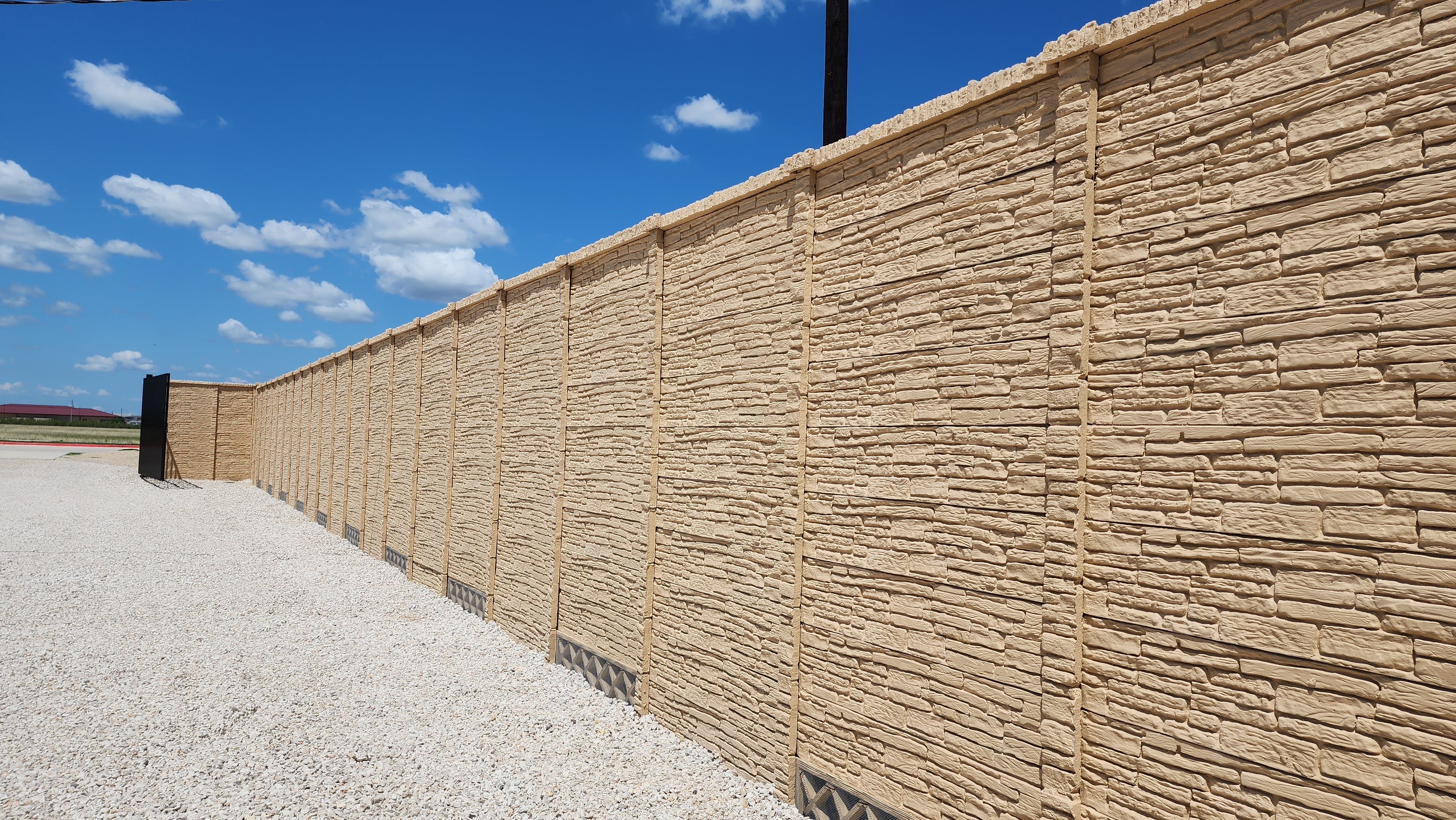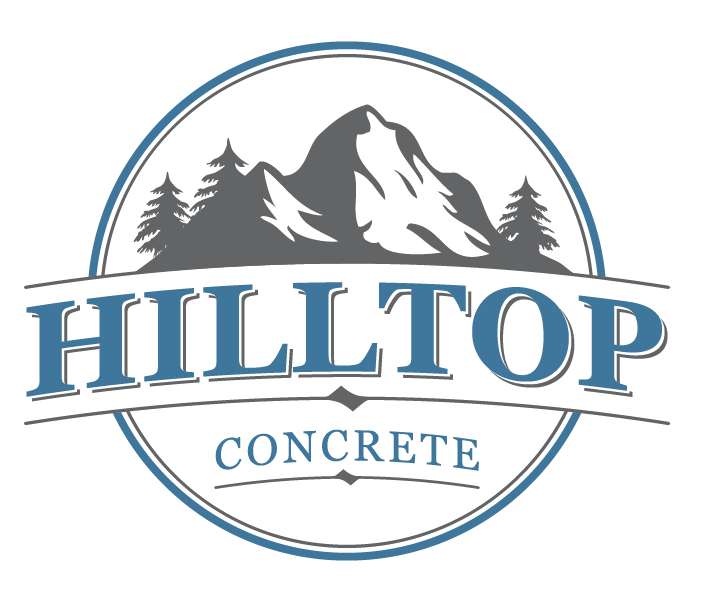Ever walk across a concrete bridge, drive on a paved highway, see a concrete fence or simply stand on a concrete patio and wonder what makes it so incredibly strong? The answer, in large part, lies in a fundamental measurement: PSI, or Pounds per Square Inch. Understanding PSI isn't just for engineers; it's key to appreciating the unseen muscle that allows concrete to build our world.
At its core, concrete's strength is its ability to resist crushing forces. This is its compressive strength, and PSI is the standard unit of measurement. Imagine a concrete block being squeezed from above and below – the PSI value tells you precisely how much pressure it can withstand before it cracks or fails.
Why is this number so crucial?
Firstly, structural integrity hinges on PSI. Every concrete structure, from a humble garden path to Hilltops precast fencing , is meticulously designed to bear specific loads. Engineers calculate the exact PSI required for the concrete to safely support anticipated weights, environmental forces like wind and seismic activity, and the everyday stresses of use. If the concrete doesn't achieve the specified PSI, the structure's safety is compromised, potentially leading to cracks, deflections, and in extreme cases, catastrophic failure. It's the ultimate safeguard against collapse.
Secondly, durability and longevity are direct beneficiaries of adequate PSI. Higher PSI generally indicates a denser, less porous concrete mix. This inherent density makes the concrete far more resistant to a host of destructive forces:
- Abrasion: It can better withstand the wear and tear from foot traffic, vehicles, and industrial machinery.
- Chemical Attack: It’s less susceptible to damage from de-icing salts, acids, and other corrosive substances that can degrade the material.
- Freeze-Thaw Cycles: The expansion and contraction of water within the concrete due to temperature changes is a major cause of cracking; higher PSI concrete is more resilient to this.
- Water Penetration: Less porosity means less water infiltration, which helps prevent issues like the corrosion of embedded steel reinforcement (rebar).
In essence, a higher PSI often translates to a concrete structure that will simply last longer, require less maintenance, and provide reliable service for decades.
Finally, PSI dictates application suitability and ensures quality control. Different applications demand different strengths. A concrete fence panel has 5,000 PSI while our piers and line post have 3,000 PSI . A residential sidewalk might be perfectly adequate with 2,500 PSI concrete, while a heavy-duty industrial floor or a bridge pier could require concrete exceeding 10,000 PSI. Specifying the correct PSI ensures the concrete is fit for its intended purpose. Moreover, rigorous PSI testing of concrete samples at various stages of a project is a critical quality control measure, verifying that the delivered material meets the design specifications and guaranteeing the structure's intended strength.
In conclusion, PSI is far more than just a technical number. It's the silent, unseen strength within every concrete structure, ensuring its stability, durability, and safety. It's the fundamental measure that allows concrete to be the backbone of our modern world.
At Hilltop we pressure test our concrete to ensure all products meet the PSI requirements. Our website has all specs and details!

.png?width=697&height=597&name=Hilltop%20Logo%20WHITE%20(1).png)
